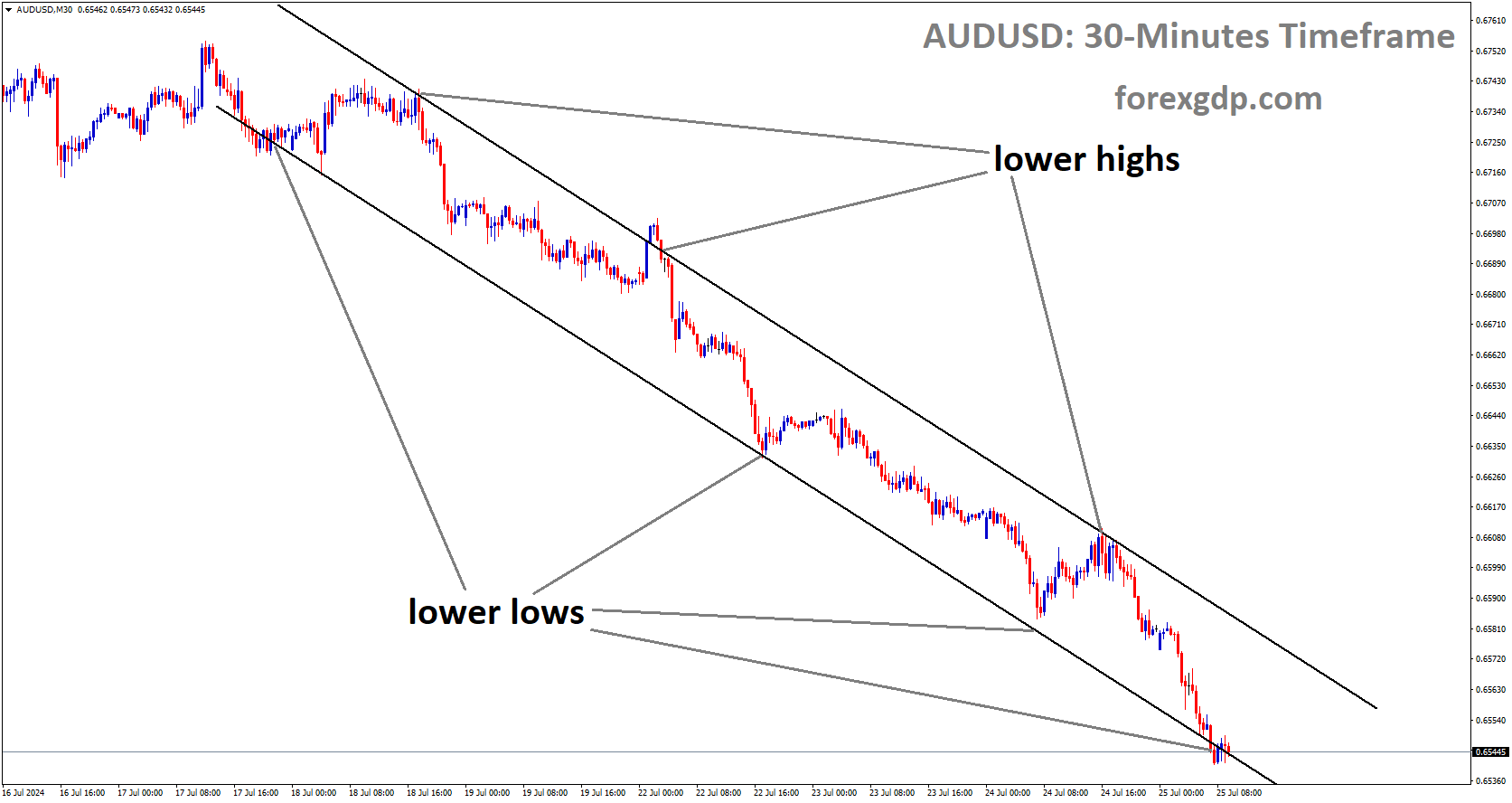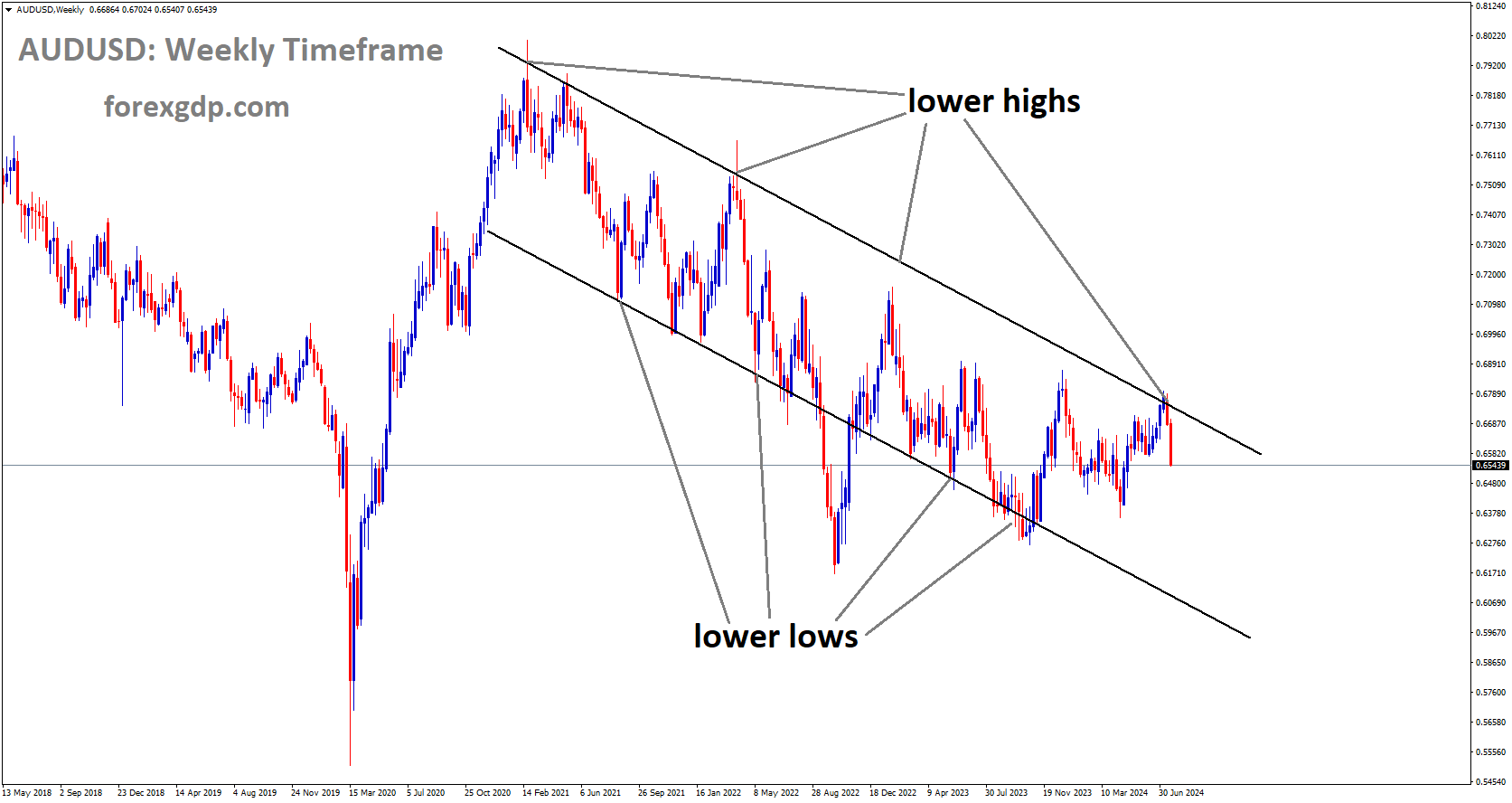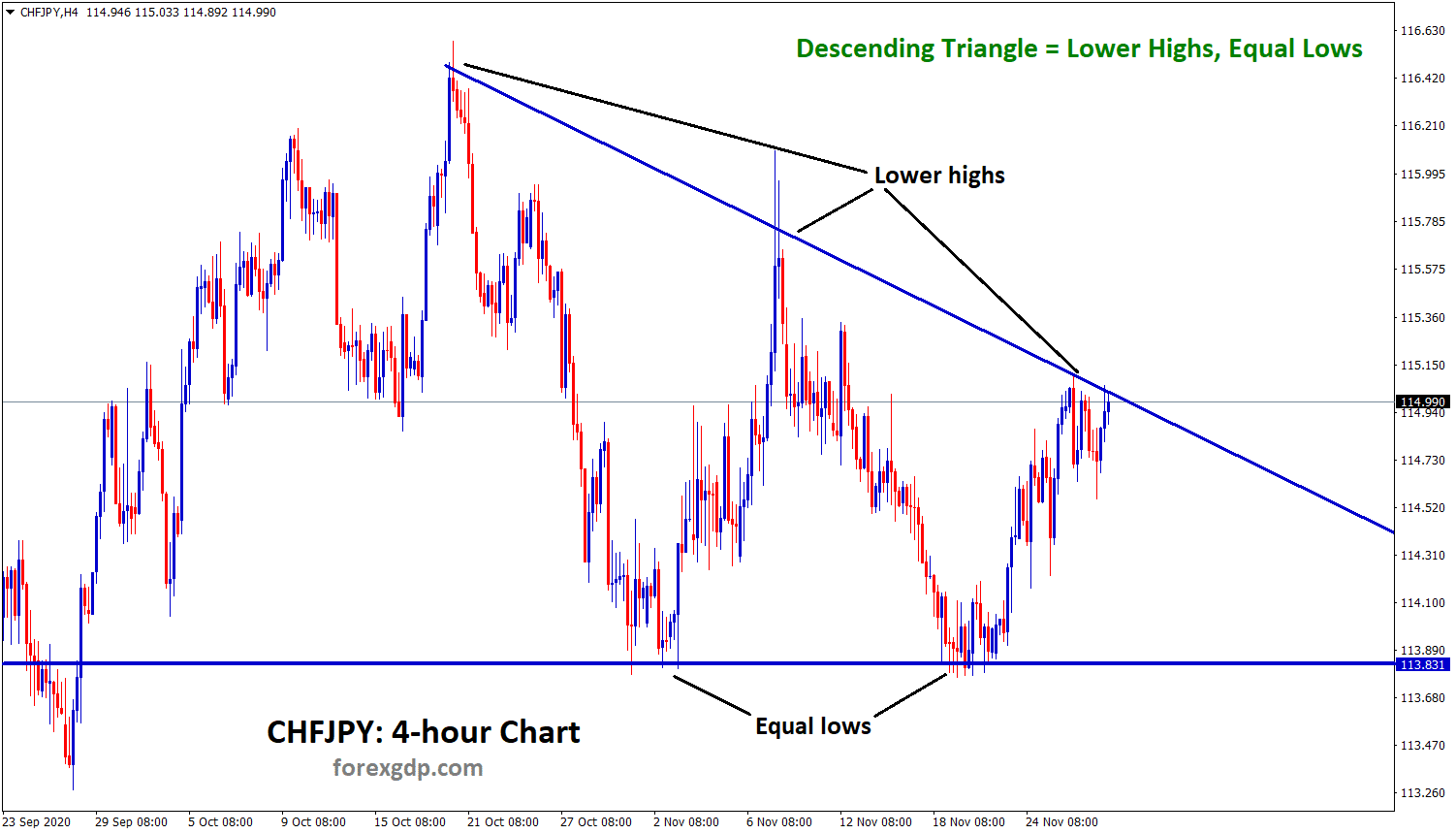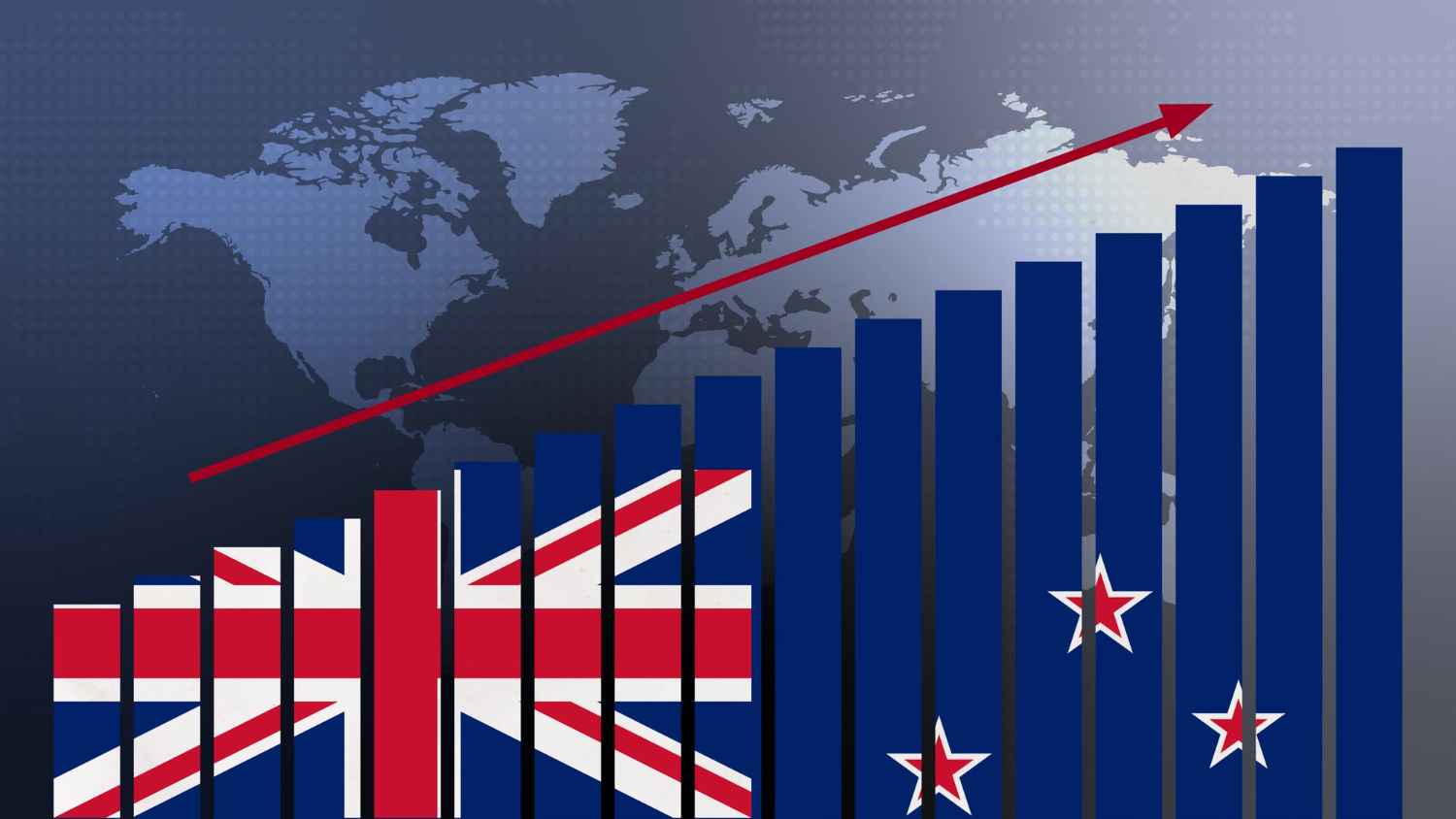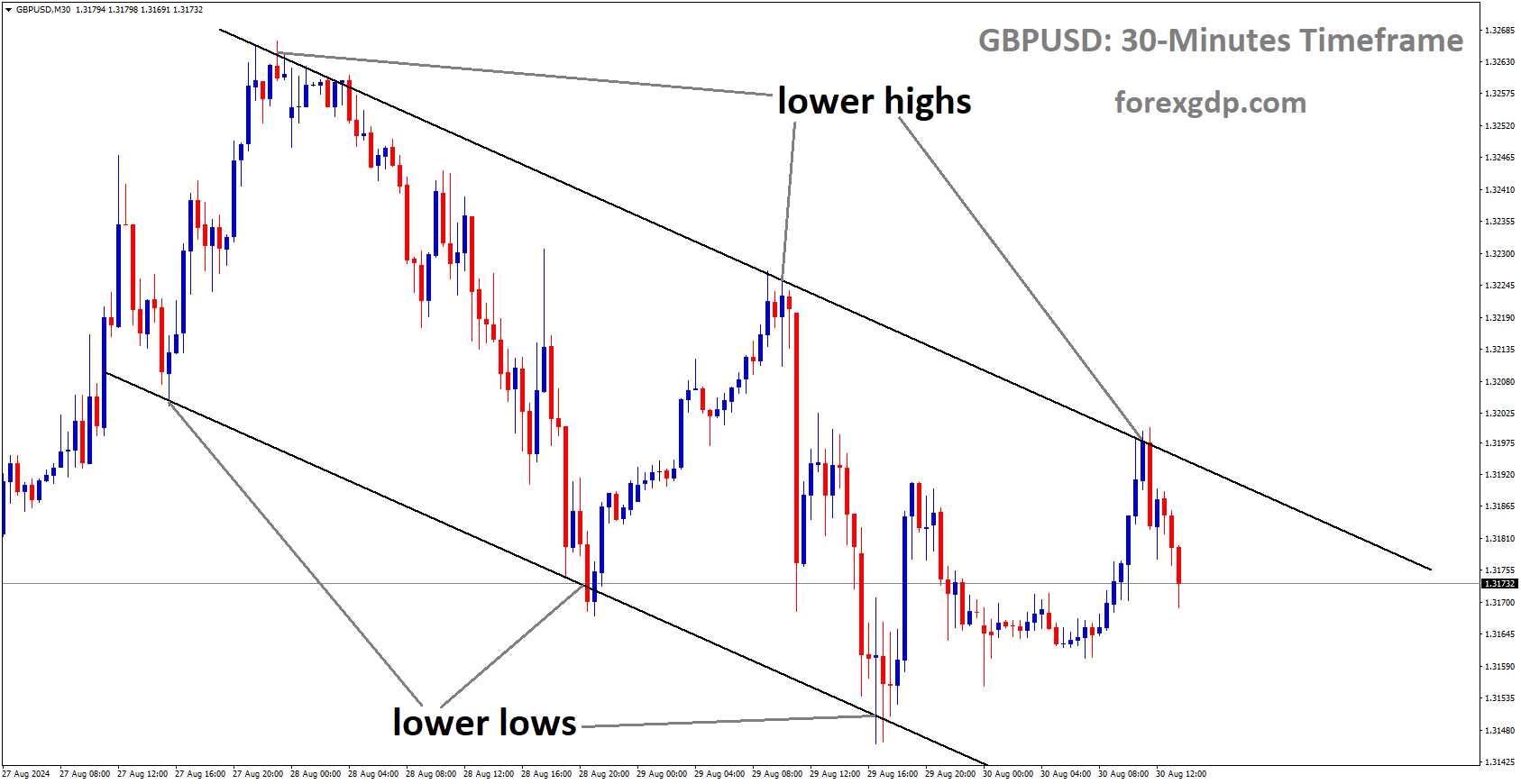AUDUSD is moving in Descending channel and market has reached lower low area of the channel
The Australian Dollar’s Slippery Slope: What’s Really Happening?
The Australian Dollar (AUD) has been having a tough time lately, and if you’re wondering why, you’re in the right place. Let’s dive deep into the factors dragging down the AUD and what it means for the future.
Commodity Prices Are Taking a Hit
One of the main reasons the Australian Dollar is sliding is due to falling commodity prices. Australia is a big exporter of energy and metals, and its currency is highly sensitive to the prices of these commodities.
Oil, Iron Ore, and Copper in Decline
Over the past weeks, we’ve seen significant drops in the prices of oil, iron ore, and copper. These commodities are crucial to Australia’s economy. When their prices fall, it directly impacts the country’s revenue and, consequently, the value of its currency. For example, the price of iron ore, one of Australia’s major exports, has been fluctuating, causing instability in the AUD.
Personal Impact: Imagine running a store where your best-selling products suddenly drop in value. You’d make less money, right? That’s what’s happening to Australia on a much larger scale.
Economic Indicators Show Cooling Activity
Another blow to the AUD comes from recent economic data. The Purchasing Managers Index (PMI) revealed that Australia’s business activity hit a six-month low in July. The manufacturing sector is still shrinking, and the services sector isn’t doing much better either.
China’s Economic Slowdown
Australia and China have a close trading relationship. When China’s economy sneezes, Australia often catches a cold. Recently, China’s sluggish economic activity has added more pressure on the Aussie Dollar.
Rate Cuts by China’s Central Bank
The People’s Bank of China (PBOC) recently cut the one-year Medium-term Lending Facility (MLF) rate from 2.50% to 2.30%. This unexpected rate cut is a sign of China’s attempt to stimulate its slowing economy, but it also indicates underlying issues. When China’s economy shows signs of trouble, it affects Australia’s export market, pushing the AUD down further.
Personal Impact: Think of it like this: If your biggest customer (China) starts having financial troubles, your business (Australia) is likely to suffer as well.
US Dollar Strengthening Amid Economic Resilience
On the other side of the globe, the US Dollar (USD) has been strengthening, which adds more downward pressure on the AUD.
AUDUSD is moving in Descending channel and market has fallen from the lower high area of the channel
US Economic Data Looks Strong
Recent data from the US shows robust private-sector activity. The S&P Global US Services PMI hit its highest level in 28 months, indicating strong growth. This resilience gives the Federal Reserve (Fed) room to maintain or even tighten its monetary policies, which supports a stronger USD.
Personal Impact: Imagine your neighbor starts earning more money and improving their financial health. In comparison, if you’re facing economic challenges, your financial standing seems weaker.
Upcoming US Economic Reports
Investors are also eyeing the upcoming US GDP and PCE inflation data. Positive reports here could further strengthen the USD, making it harder for the AUD to regain its footing.
Australia’s Domestic Challenges
The Reserve Bank of Australia (RBA) is in a tricky position. On one hand, there are persistent inflationary pressures and a tight labor market. On the other hand, the cooling business activity suggests a slowing economy.
Interest Rate Speculations
While some expect the RBA to hold off on easing its policy tightening due to inflation and labor market conditions, futures markets only show a 20% probability of a rate hike in the upcoming August meeting. This uncertainty keeps the AUD under pressure.
Personal Insight: It’s like being stuck between a rock and a hard place. The RBA has to balance between controlling inflation and supporting economic growth, which isn’t easy.
So, where does this leave us? The Australian Dollar is currently facing a perfect storm of declining commodity prices, slowing economic activity both domestically and in key trading partners like China, and a strengthening US Dollar due to robust economic data.
For anyone keeping an eye on the AUD, it’s crucial to monitor these factors closely. Whether you’re a trader, investor, or just someone curious about global economics, understanding these dynamics can help you make informed decisions. The path ahead for the AUD may be rocky, but with a keen eye on these developments, you’ll be better prepared to navigate the turbulence.
Don’t trade all the time, trade forex only at the confirmed trade setups
Get more confirmed trade signals at premium or supreme – Click here to get more signals , 2200%, 800% growth in Real Live USD trading account of our users – click here to see , or If you want to get FREE Trial signals, You can Join FREE Signals Now!

